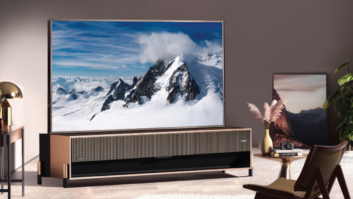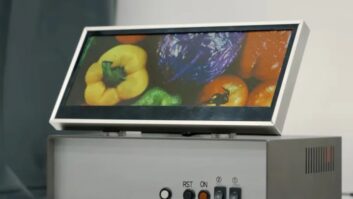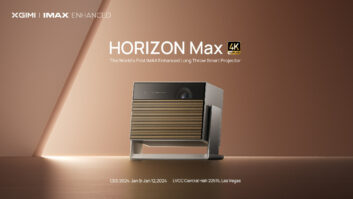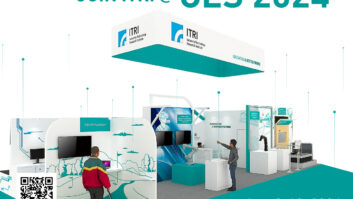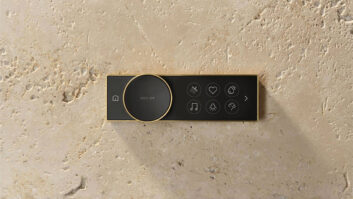The next-generation of WirelessHD in-room cable-replacement technology will get its first demo at a trade show during CES on the eve of the spec’s final adoption, WirelessHD consortium chairman John Marshall said.
For video streaming, the new version supports select 3D high-definition video formats and higher pixel resolutions of 2K and 4K, Marshall said. The new spec also adds support for high-speed point-to-point A/V streaming of uncompressed 1080p video from battery-powered portable devices such as camcorders, portable media players and laptops.
The next-gen spec could be finalized and published shortly after International CES, and products incorporating the technology could appear sometime in 2011 as a result, he said. “We’re very, very far along,” he said before the show.
At CES, “there will be some demonstrations of multiple technologies included in the next-gen spec supporting different features and functions,” Marshall told TWICE. Consortium members hope to show WirelessHD 3D streaming and data transfer at 1Gbps data rates, he added.
The first-generation 60GHz-band WirelessHD 1.0 replaces wired HDMI connections, delivering uncompressed copy-protected high-definition video at resolutions up to 1080p from set-top boxes or DVRs to an HDTV within a room up to 10 meters away. The technology isn’t designed to penetrate walls to deliver multi-room video. In the U.S., the technology appears in a Panasonic plasma TV, two LG LCD TVs, a Sony LCD TV, and in recently available $599 Rocketfish adapter kit from Best Buy, said Marshall. Monster Cable and Gefen also have announced adapters, he said.
The current 4Gbps-throughput technology streams uncompressed, no-loss high-definition video at 1080p using a version of 128-bit Digital Transmission Content Protection (DTCP) encryption technology authorized by the Digital Transmission License Administrator (DTLA) organization. DTCP permits HD video streaming for copying, not just for display, the consortium said.
To support 3D and 2K/4K streaming, the consortium upped the next-gen spec’s throughput to more than 10Gbps. Set-top boxes and laptops plugged into household AC would be able to achieve that streaming rate.
In battery-operated portable devices such as camcorders and cellphones, A/V streaming and file transfers must support a minimum 1Gbps throughput when not plugged into household AC. Depending on “how they want to balance/prioritize performance vs. battery life,” however, suppliers could build devices that stream and transfer wirelessly at 10Gbps, with about 4Gbps required for 1080p streaming, Marshall said.
For portable devices, “battery life is an implementation matter,” but the next-gen spec is optimized “to allow lower-power implementations while still being interoperable,” he noted.




